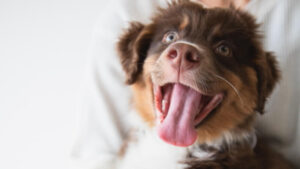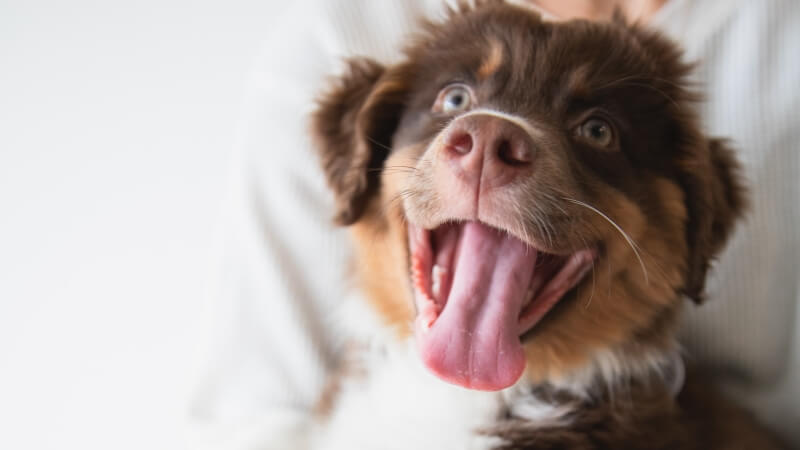
Dog Puzzle Feeder vs Interactive Toys: Which Is Best For Your Pooch?
Choosing the right plaything for your furry friend – be it a dog puzzle feeder or interactive toys – is essential for their mental and

Disinfecting a puzzle feeder is essential for maintaining your pet’s health and the longevity of the feeder itself. Pets, much like humans, can fall ill from harmful microbes, and regular disinfection ensures the feeder remains a safe and hygienic tool for feeding and play.
Furthermore, a clean feeder is more appealing to pets, encouraging them to engage with it more often, thus promoting their mental and physical health. The presence of saliva and food residues in the feeder can attract harmful bacteria and mold, posing a risk to your pet’s health.
Regular disinfection prevents the growth of these harmful organisms, ensuring the feeder remains safe for use.
When it comes to pets, not all are the same, and their Puzzle Feeder hygiene needs can vary. Understanding these differences helps pet owners tailor their cleaning routines to meet their specific pet’s needs.
Maintaining a clean puzzle feeder is an essential aspect of responsible pet ownership.
By adhering to these detailed steps for disinfection and care, pet owners ensure that their pet’s favorite toy remains a source of fun, engagement, and good health.
A well-maintained puzzle feeder is more than a toy; it’s a vital component in providing a stimulating, healthy environment for your cherished pet.
So, go ahead, clean that puzzle feeder, and let your pet enjoy hours of mental stimulation and joy! Your furry friend will thank you with boundless love and endless playtime.
Can I use regular household disinfectants for my pet’s Puzzle Feeder?
While it’s essential to disinfect your pet’s Puzzle Feeder, not all household disinfectants are safe for your furry friend. Harsh chemicals like bleach or ammonia can leave harmful residues and fumes that are dangerous to pets. Instead, opt for pet-safe disinfectants, and if you’re unsure, consult your veterinarian for recommendations.
How often should I clean my pet’s Puzzle Feeder?
The cleaning frequency of your pet’s Puzzle Feeder depends on factors like your pet’s usage and messiness. Some feeders may require daily cleaning, while others can be cleaned weekly. Observe your pet’s habits and adjust the cleaning schedule accordingly to maintain a safe and hygienic feeding environment.
Can I use a dishwasher to clean my pet’s Puzzle Feeder?
While some parts of your pet’s Puzzle Feeder may be dishwasher-safe, it’s essential to check the manufacturer’s instructions. High temperatures in dishwashers can damage certain materials or components. Hand washing is generally recommended for thorough and safe cleaning. Be sure to disassemble the feeder before cleaning and reassemble it only after ensuring all parts are completely dry.
Are there any natural alternatives to commercial pet-safe disinfectants?
Yes, there are natural alternatives that can be used for basic cleaning of your pet’s Puzzle Feeder. Vinegar and baking soda, for example, can help remove food residues and provide some level of disinfection. However, these may not eliminate all germs. If you choose to use natural alternatives, it’s still essential to follow proper cleaning and disinfection procedures to ensure your pet’s safety.
How can I prevent my pet from losing interest in their Puzzle Feeder after cleaning it?
Pets may lose interest in their Puzzle Feeder if it always looks the same. To keep them engaged, consider rotating different puzzle toys or changing the arrangement of treats inside the feeder. This novelty can stimulate their curiosity and prevent boredom. Additionally, using treats or food your pet loves can make the Puzzle Feeder more appealing, even after cleaning.


Choosing the right plaything for your furry friend – be it a dog puzzle feeder or interactive toys – is essential for their mental and

Wondering if a puzzle feeder could revolutionize your pet’s mealtime into an exciting challenge? This unique device promises to engage your furry friend both mentally

Are you ready to dive deeper into the world of puzzle feeder and embark on a journey to ensure your furry friends remain mentally stimulated?

Are you puzzled about how to store your beloved dog puzzle feeder for the long term? These brainy contraptions bring endless joy to your furry

Choosing the right plaything for your furry friend – be it a dog puzzle feeder or interactive toys – is essential for their mental and

Wondering if a puzzle feeder could revolutionize your pet’s mealtime into an exciting challenge? This unique device promises to engage your furry friend both mentally

For passionate pet enthusiasts, a puzzle feeder is more than just a toy; it’s a critical tool for mental stimulation and dietary control for their

Are you ready to dive deeper into the world of puzzle feeder and embark on a journey to ensure your furry friends remain mentally stimulated?
Copyright © 2024 puppypuzzlefeeder. All Rights Reserved.